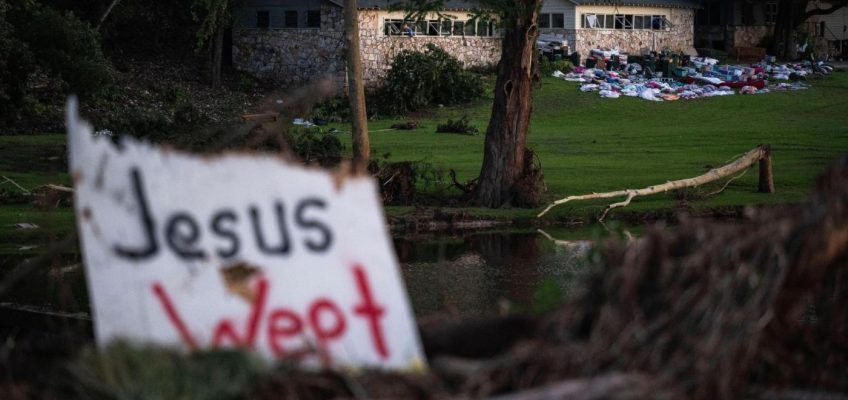Have you ever wondered how St. Paulites celebrated the end of the Civil War? Or what they thought about Prohibition? Or how many saw Elvis Presley play his first concert in town?
It’s easier than ever to find out.
Earlier this month, the Minnesota Historical Society launched a searchable online database of archival Pioneer Press issues spanning a century of state and local history beginning in 1861.
The Historical Society’s Digital Newspaper Hub has offered researchers access to hundreds titles from around the state since it debuted more than a decade ago, but until recently the state’s oldest newspaper was largely absent.
An infusion of cash from the Minnesota’s Legacy Fund helped MNHS to digitize more than 750,000 pages of Pioneer Press coverage, allowing anyone with internet access to peruse this unique archive by date or keyword.
“This was an extraordinarily important step,” said Luther Granquist, a retired Twin Cities attorney who now spends his free time researching the Faribault State Hospital from his new home in Ventura, Calif.
“The lack of a digitized Pioneer Press was an impediment to anyone doing research into Minnesota history,” Granquist said. “There’s no question about that.”
More than 35,000 issues
Until now, the only way to read old issues of the Pioneer Press was to visit a library or the Minnesota History Center and thread a roll of microfilm onto a viewing machine.
Researchers like Granquist have been asking the Historical Society for years to scan these reels so they could be accessed through its Digital Newspaper Hub, said MNHS digital collections manager Anne Levin, who oversaw the digitization project.
The Minnesota Historical Society launched a new database in Sept. 2025 of digitized issues of the Pioneer Press spanning the century between 1861 and 1961. This new online portal allows researchers to browse archival newspapers by date or search by keyword. (Courtesy of the Minnesota Historical Society)
“We knew the Pioneer Press was something people really wanted to see there,” Levin said. “There have always been many requests for access to the St. Paul newspapers.”
Although it only takes about 15 minutes to scan a reel of microfilm — each one containing about 500 newspaper pages — the work of processing and cleaning up these scans takes much more time, Levin said.
This project, which cost nearly $1 million and included the digitization of three other titles, took a year and a half to complete.
When the new database launched two weeks ago, researchers wasted no time diving into the more than 35,000 Pioneer Press issues it contains. Archival newspapers are a valuable resource for anyone looking into the history of their family, community or a local business, Levin said.
St. Paulite Ana Pooley has been researching the history of her North End neighborhood as she and her husband prepare to celebrate the 100th birthday of their house in 2027.
“It’s fun to just dig around and see what St. Paul was like over 100 years ago and how it’s changed today,” she said. “The best thing about it is being able to do a deep dive and go down rabbit holes. There’s no limit to what you can find.”
This newly digitized collection begins with the January 1861 debut issue of the St. Paul Press (which merged with the older St. Paul Pioneer in 1875 to create the Pioneer Press) and continues to January 1961.
Levin said MNHS would like to digitize the rest of the Pioneer Press — as well as related titles like the St. Paul Dispatch and the St. Paul Daily News — if more funding becomes available.
Related Articles
Photo gallery: After 67 years in St. Paul, USS Ward gun moving to museum
A century of the Minnesota State Fair in photos
St. Paul celebrated end of WWII with impromptu parades, prayer services
Downtown St. Paul’s Hotel Jewell destroyed by fire 75 years ago
Loni Anderson got first taste of spotlight at St. Paul department store




